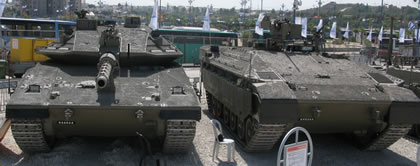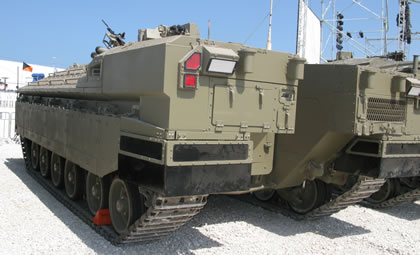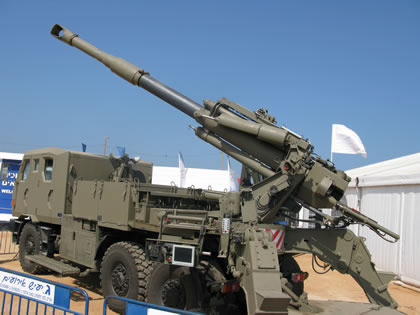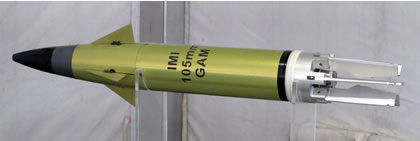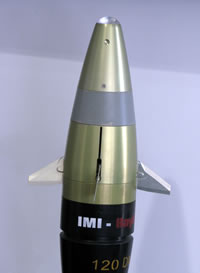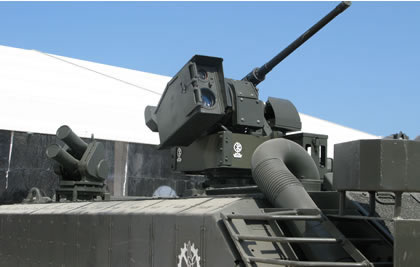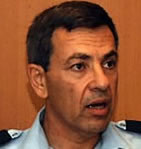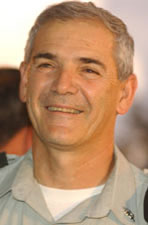Boeing Receves First Award for the development of a high energy, solid state laser weapon demonstrator
The US Army has awarded Boeing $36 million phase II contract funding continued development of a technology demonstration mobile high-energy solid-state laser weapon system, as part of the Mobile High Energy Laser Technology Demonstration (HEL-TD) program. Boeing is one of two teams competing for a future US Army program to develop a laser based weapon system countering threats of rockets, artillery shells and mortar rounds (CRAM).
Comprising a road-mobile system, the HEL-TD truck mounted system will consist of the Solid State Laser (SSL), beam control, electrical power supply, thermal management and Command, Control and Communications (C3) elements all integrated into the HEMTT and associated trailer. The vehicle will also interface with tactical surveillance and acquisition sensors and communications with higher echelon command operations. According to William J. Gnacek, Program Manager High Energy Laser Technology Demonstrator Program US Army Space and Missile Defense Command, In addition to the demonstration, the new vehicle could offer a potential for providing a limited C-RAM capability if deployed.
Gnacek mentioned that mobile laser weapons evolving from these demonstrations could be realized as early as by the middle of the next decade, protecting Forward Operating Bases and port installations. While force protection will be the primary mission of such weapon capable laser systems, they could also support surveillance and target acquisition capability as secondary mission, employing the system’s integral Ultra Precise target acquisition system primarily designed for CRAM Engagement.
Compared to the current chemical laser systems, mobile solid state laser weapon systems will be more deployable and mobile, and could be self sustained in the battlefield. The SSL will employ a beam director with half a meter diameter aperture, capable of engaging targets from slow, small and cold mortar bombs to much faster, larger and hotter rockets.
Under this phase Boeing will complete the design of, then build, test and evaluate, a rugged beam control system on a Heavy Expanded Mobility Tactical Truck (HEMTT). Boeing also will develop the system-engineering requirements for the entire HEL TD laser weapon system. Boeing successfully completed the preliminary design of the beam control system earlier this summer. According to Gary Fitzmire, vice president and program director of Boeing Directed Energy Systems, Boeing has already developed preliminary designs of the HEL TD beam control system, under the first phase of the program. Boeing currently has several HEL programs underway, including the Airborne Laser, the Advanced Tactical Laser, the Tactical Relay Mirror System and Laser Avenger.
Another design being evaluated by the Army is under development by a team led by Northrop Grumman Corporation (NYSE:NOC). This team recently concluded preliminary design review requirements for a rugged beam control subsystem, as part of the HEL TD Phase I and is awaiting the Army decision to proceed with assembly and integration of the beam control system, leading up to a test in 2010. According to Dan Wildt, vice president of Directed Energy Systems for Northrop Grumman’s Space Technology sector, the preliminary design enables the integration of a high-energy laser, providing the option for acceleration to the battlefield, noted. “Laser weapon systems like HEL TD will provide a leap-ahead in security for warfighters and civilian populations by providing a speed-of-light, wide-area umbrella of defense against a number of threats in wide use today,” Wildt said. “The time is near when laser defenses will be an indispensable part of our security.
The HEL TD team led by Northrop Grumman consists of BAE Systems, Ball Aerospace & Technologies, and L3 Com Brashears. Northrop Grumman is responsible for systems engineering, system integration, the beam control subsystem, the power subsystem, the thermal subsystem and C3I. BAE Systems provides vehicle and platform integration. Ball Aerospace & Technologies Corp. supplies beam alignment and stabilization systems; and L3 Com Brashears provides the beam director.

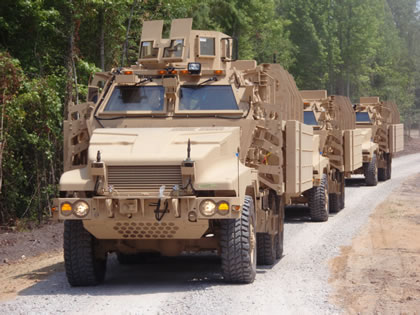
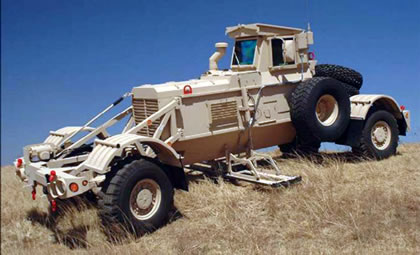
![Lockheed Martin [NYSE: LMT] has added to the Lightning II program’s momentum on Saturday, Aug. 16, 2008 by finishing assembly of the fourth F-35 aircraft, a second variant of the Short TakeOff/Vertical Landing (STOVL) F-35B. Photo: Lockheed Martin](https://defense-update.com/images_new1/f35b_2.jpg)
 The production of the center fuselage of the first carrier variant F-35C (CF-1) was recently completed at Northrop Grumman Corporation Palmdale plant in California (picture below).
The production of the center fuselage of the first carrier variant F-35C (CF-1) was recently completed at Northrop Grumman Corporation Palmdale plant in California (picture below).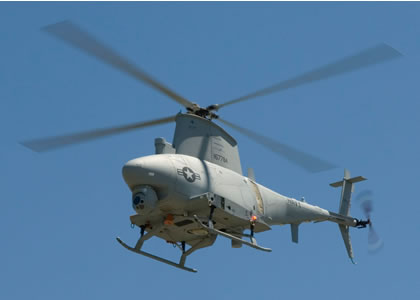
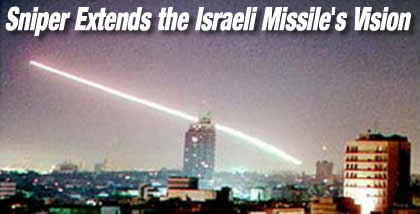
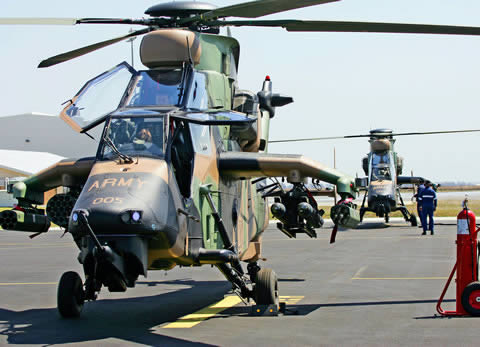
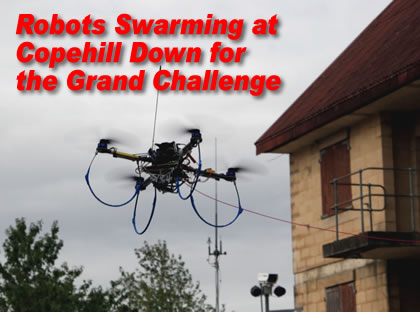

 In addition, Team Swarm was awarded the prize for the “most innovative idea” after designing a multiple autonomous quadrator (flat helicopter with four rotors) called Owls, capable of flying in swarms, allowing them to view the area from all angles using high resolution visual cameras. Also, Team Thales was awarded a prize for “best use of national talent” for their use of a mini helicopter fitted with daylight and thermal imaging technology alongside two custom built ground vehicles.
In addition, Team Swarm was awarded the prize for the “most innovative idea” after designing a multiple autonomous quadrator (flat helicopter with four rotors) called Owls, capable of flying in swarms, allowing them to view the area from all angles using high resolution visual cameras. Also, Team Thales was awarded a prize for “best use of national talent” for their use of a mini helicopter fitted with daylight and thermal imaging technology alongside two custom built ground vehicles.
 Andy Wallace the Grand Challenge Project Leader from Defence Technology and Innovation Centre highlight the significant contribution gained by the challenge, for relatively small investment by the MoD. “For the modest investment we’ve put into this project and the fact we have 11 teams putting forward equipment, we have optimised the defence budget by searching for the technology in this way.” said Wallace, “We’ve already been testing the equipment and seen some very exciting technology already. It depends on how mature the actual technology is but we could award the winning team a contract for further development.”
Andy Wallace the Grand Challenge Project Leader from Defence Technology and Innovation Centre highlight the significant contribution gained by the challenge, for relatively small investment by the MoD. “For the modest investment we’ve put into this project and the fact we have 11 teams putting forward equipment, we have optimised the defence budget by searching for the technology in this way.” said Wallace, “We’ve already been testing the equipment and seen some very exciting technology already. It depends on how mature the actual technology is but we could award the winning team a contract for further development.”
